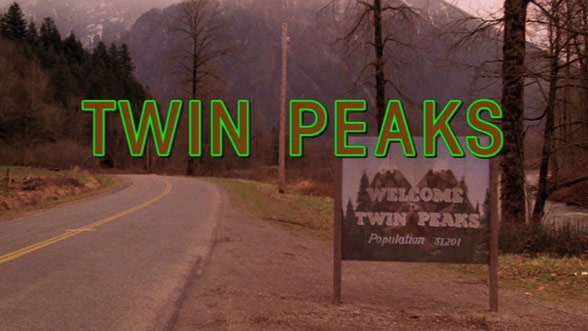After a long 25-year hiatus, the critically acclaimed cult television show “Twin Peaks,” helmed by none other than surrealist film master David Lynch and co-creator Mark Frost, has once again returned to TV. The last time we saw everyone’s favorite FBI Special Agent Dale Cooper (Kyle Maclachlan) was June 10, 1991, when fans were left in shock by the finale’s fairly significant cliffhanger. One of the last messages we see in the Season 2 finale is Laura Palmer in the black lodge simply stating, “I’ll see you again in 25 years.” Fast-forward to 2017 and fans finally have “Twin Peaks: The Return.”
Essentially everyone who watched the new season was left with far more questions than answers. Lynch is no stranger to perplexing the audience, and I myself am still trying to fully digest the events of “The Return.” With his dreamlike sequences riddled with intense imagery and symbolism, Lynch challenges each audience member to try to formulate their own idea of what happens. Considering this is Lynch’s modus operandi for filmmaking, it is not surprising that Season 3 ends on such a vague note.
“It certainly was not what I expected, but neither was the entirety of the third season,” said Keegan Douglass ’20. “Part 17 had everything that I wanted, then part 18 gave me everything I didn’t know that I wanted. It really subverted my expectations.”
Since the new season aired on Showtime, “The Return” certainly has a much different tone than that of the original first two seasons, which aired on ABC. In terms of style, the third season feels much more graphic and macabre, similar to the feature-length prequel film “Twin Peaks: Fire Walk with Me,” which is another complaint some have about the third season.
One thing that particularly surprises me is how Cooper is stuck as Dougie Jones up until episode 16. This means that we get to see the true Dale Cooper in only five of the new season’s 18 episodes, including the first two episodes before Cooper leaves the black lodge. However, Dougie has moments that are fairly humorous and at times heartwarming. Some of my favorite scenes involve FBI Director Gordon Cole (David Lynch) and Special Agent Albert Rosenfield (Miguel Ferrer) as well as everyone at the Twin Peaks Sheriff’s Department because we see them continue their adventure just the same as they had in the first two seasons.
Many viewers hoped that Season 3 would wrap everything up neatly and answer any unanswered questions, bringing a wholesome close to “Twin Peaks.” However, in the end they find themselves face to face with an even bigger cliffhanger than Season 2’s because Cooper quite literally goes back in time to save Laura Palmer from her fate. The viewer then follows Laura and Cooper, who are trapped in an alternate dimension. Cooper asks, “What year is it?” which is followed by Laura’s haunting screams as the season comes to a close. Whether this is another one of Lynch’s self-interpretive endings or a cliffhanger for another season is still unclear.
Despite these criticisms, “Twin Peaks” still does what it set out to do 25 years ago: create something that television has never done before. Lynch making any type of film or television production in and of itself is a gift not to be taken for granted, and “Twin Peaks: The Return” still has every bit of charm and madness it had almost three decades ago.
